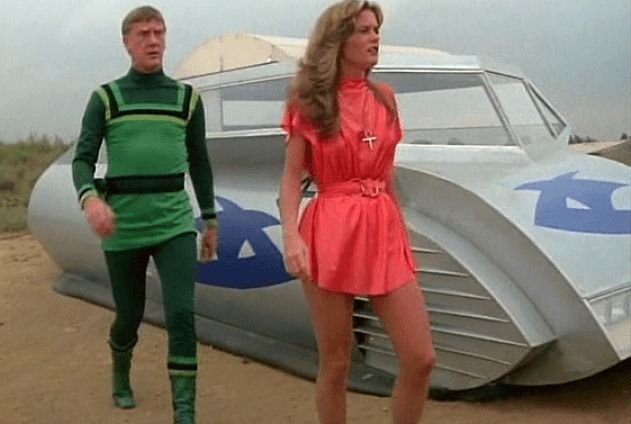- Joined
- 19 July 2016
- Messages
- 4,275
- Reaction score
- 3,459
People have bought into 'brands' rather than quality for a long time and it means nothing other than the core personality invoilved with the brand has done their job well.
Being a good sales person has bugger all to do with the product in essence.
Being a good sales person has bugger all to do with the product in essence.












